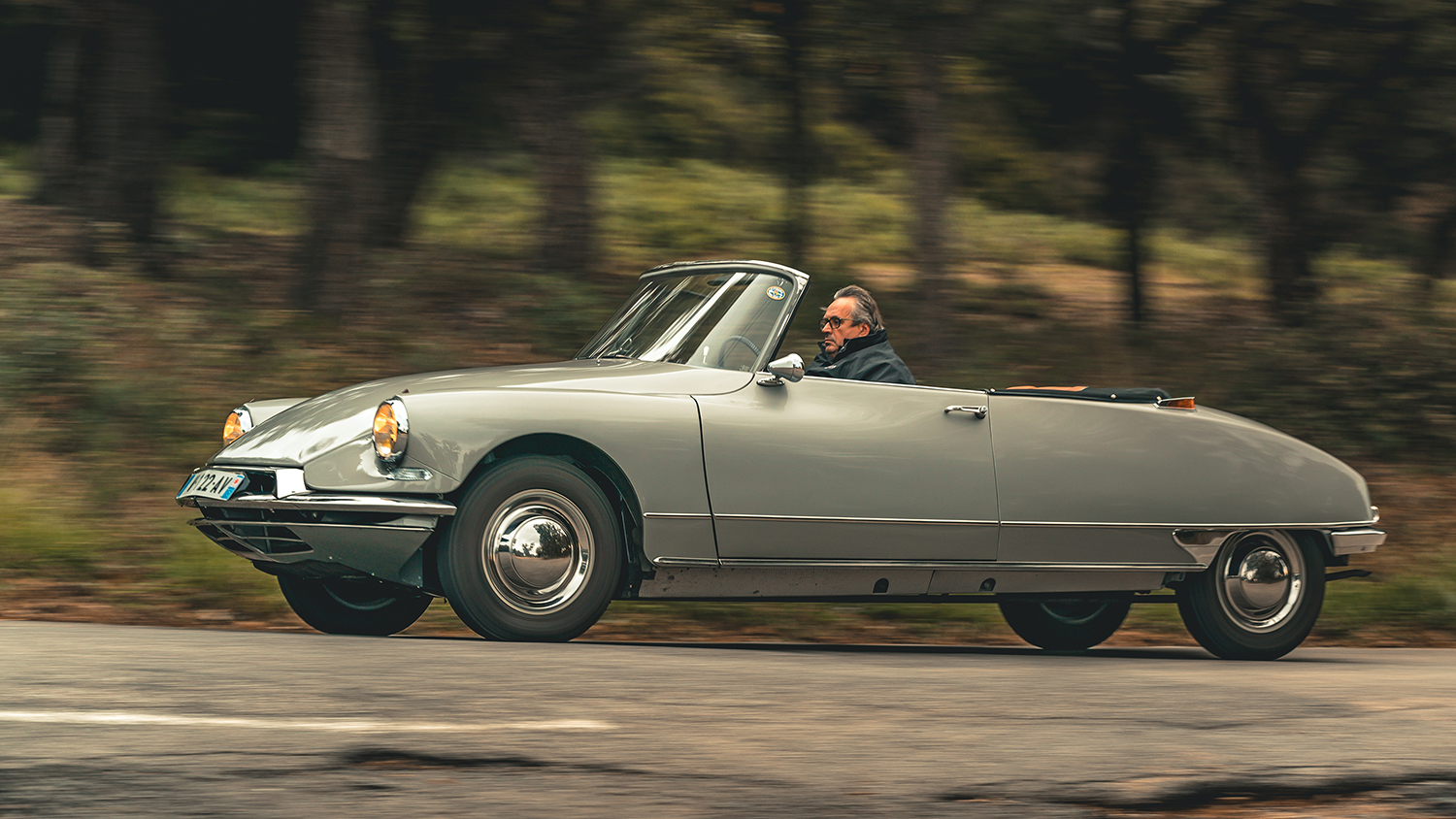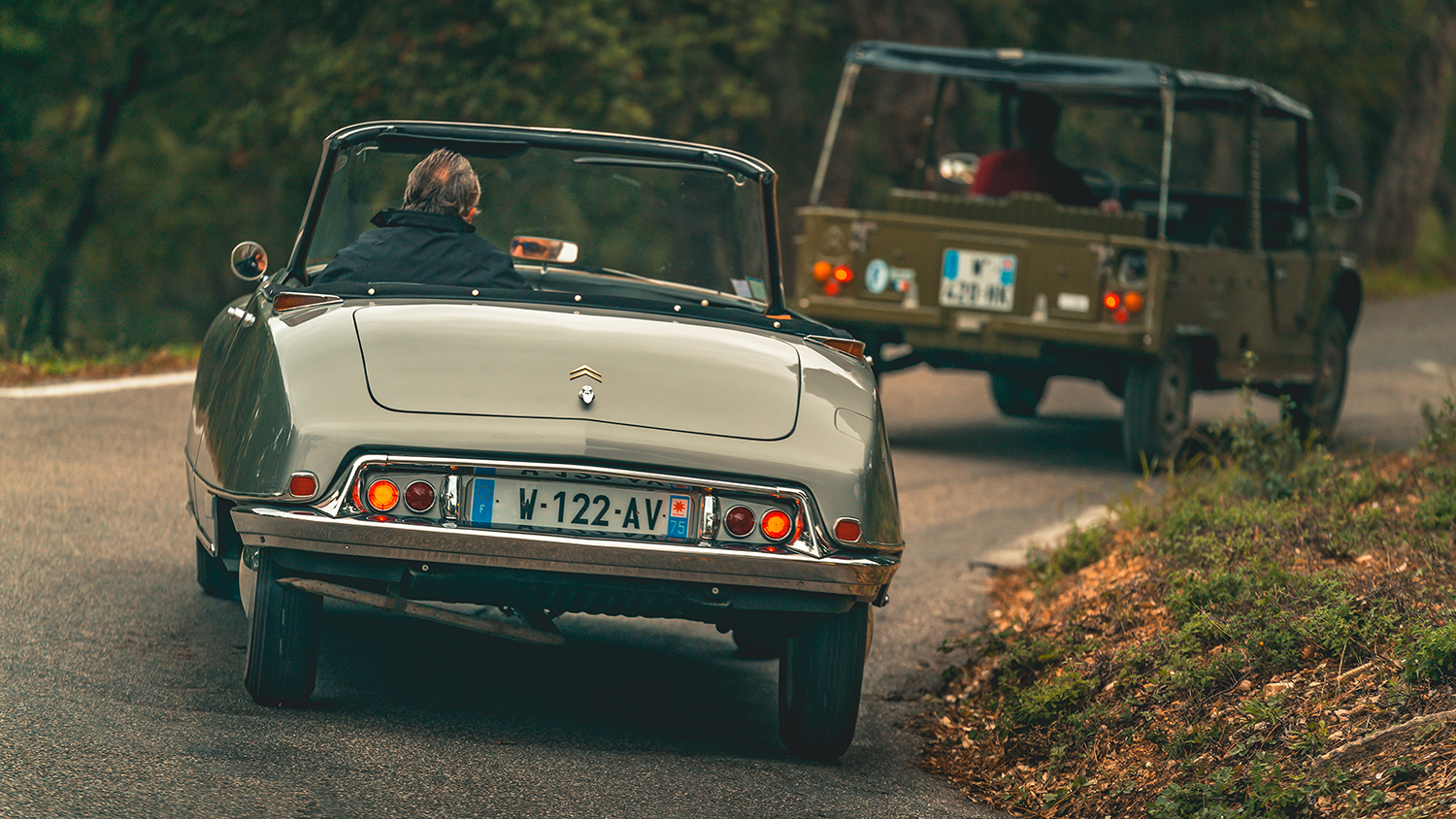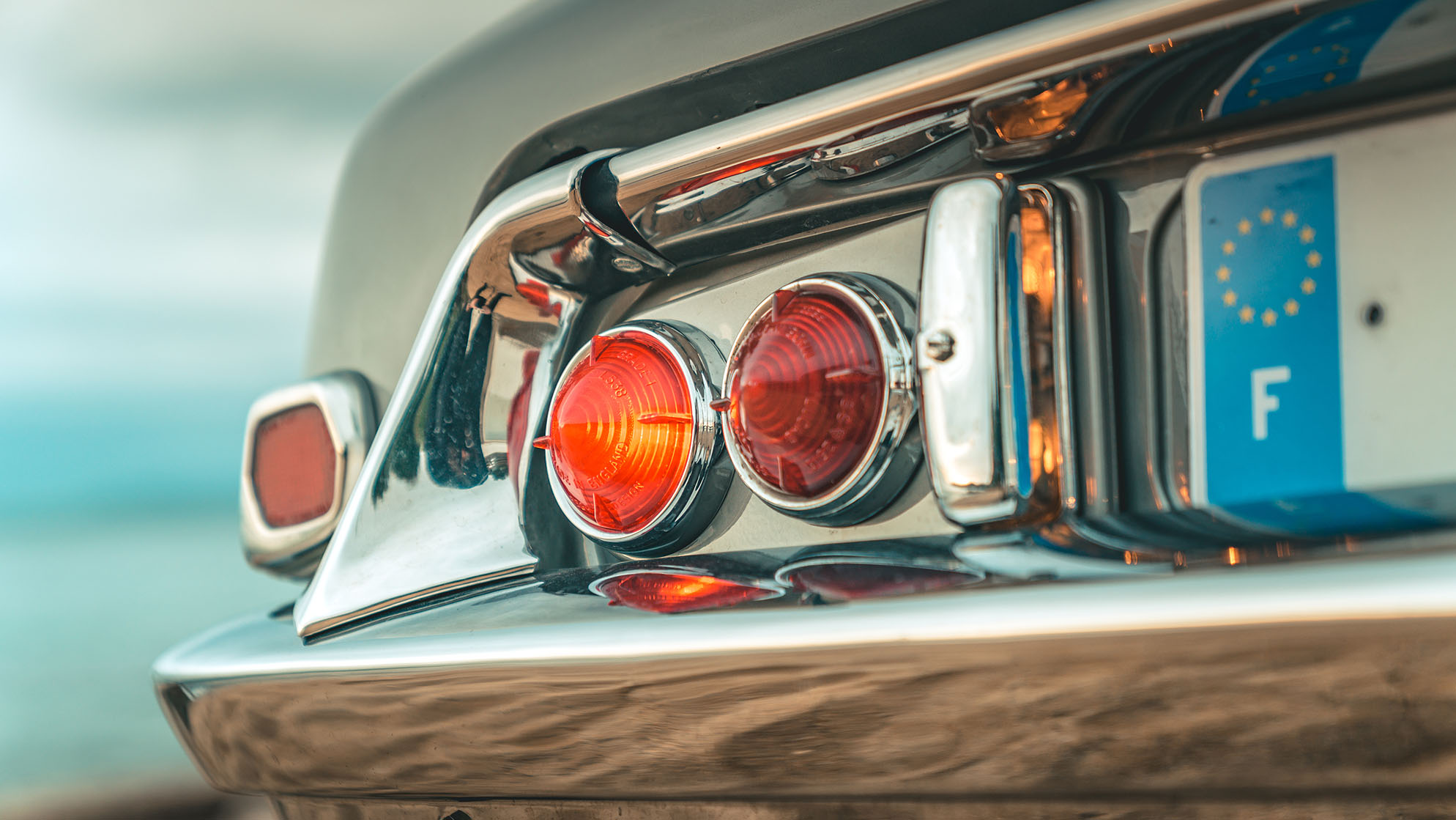
Citroen DS review
Good stuff
Magical ride comfort. And it's just so rewarding to drive, when you get it right
Bad stuff
Semi-auto gearbox and brake 'button' are an acquired taste / skill
Overview
What is it?
An icon. The Citroen DS is one of the landmarks, a wonder of the car world. If humans one day leave Earth and decide to ship only ten automobiles from history to our new home in the stars, a Citroen DS will have to be there, nestled among the Ford Model T and Ferrari F40. It’s Citroen at its absolute maddest.
Now, if you’re under the age of 40, Citroen might not register much with you. They’re just another mainstream carmaker building hatchbacks and crossovers, except a few of them have those funny rubber Airbump panels, right? Fair enough. But Citroen’s history is in fact peppered with innovations and leaps of technological brilliance that made it a household name for leading the way in design… and occasionally going bankrupt. The Mehari, the Traction Avant, the SM… it’s a hall of fame for avant-garde cars. And the crown jewel is the DS. No family saloon car before or since – except perhaps the Tesla Model S – has moved the game on so much in such a short time.
Its elegant, teardrop shape, complete with round headlights, was first revealed at the 1955 Paris motor show. Yep, barely a decade after the end of the Second World War, Citroen had the wherewithal to churn out a risky spaceship like this. They knew it was a beauty – the name ‘DS’ is a pun on the French word déesse, meaning ‘goddess'.
15 minutes after the covers came off, Citroen had taken 743 orders. At the end of the day, 12,000 deposits were in the bank. Nine days later, when the show closed its doors, over 80,000 people had said ‘oui, I’ll take one’ and Citroen had a record-breaking hit on its hands. In our modern age of internet pre-orders that might seem tame, but for a front-wheel drive family car landing in a market still recovering after the ravages of war, it was a phenomenon.
The DS didn’t just seduce buyers with its elegant speedboat looks. Its tech was real-world relevant. The whole car was suspended on hydro-pneumatic, automatically-levelling independent suspension that would absorb the bumps from France’s notoriously roughshod roads, and even raise the car up for more ground clearance. Range Rovers wouldn’t be able to do that for decades. Heck, the Range Rover wasn’t invented for another 14 years.
Then there was the power steering, and the semi-automatic gearbox – all hydraulically operated – and the lightweight fibreglass roof. Front brakes were mounted inboard – not in the wheels – to reduce unsprung weight. Citroen was way ahead of rivals on installing radial tyres. The car had a wider track at the front to reduce understeer. They sussed all of this out… in 1955! When we still had steam trains and a black’n’white telly was a luxury.
Later DSs ramped up the innovation with mechanically-pivoted headlights that ‘looked’ around corners as the driver turned the steering wheel. A DS ‘Break’ estate also joined the line-up, and off the back of its strengthened chassis spawned the stunning DS Decapotable soft-top we’ve photographed.
Production of the DS lasted until 1975, when Citroen decided, in another feverdream of crazy, to replace it with the much more powerful and expensive SM coupe, featuring a Maserati V6. Many of its clever systems though, like the ‘magic carpet’ suspension and cornering headlights, were inherited from the DS, which had cemented its status as an icon in its own lifetime.
What's the verdict?
The DS is truly worthy not only of its reputation as one of Citroen’s truly great cars, but as a machine that changed the automotive landscape. This car wasn’t just a shot across the bows of Mercedes-Benz and Jaguar – it was a French riposte to its destruction in the war and a beacon of fortitude and never-say-die innovation.
It’s still a monument to all that today, and impossibly cool to go with it. Drive one before you die.
Featured

Trending this week
- Car Review
BMW iX3






